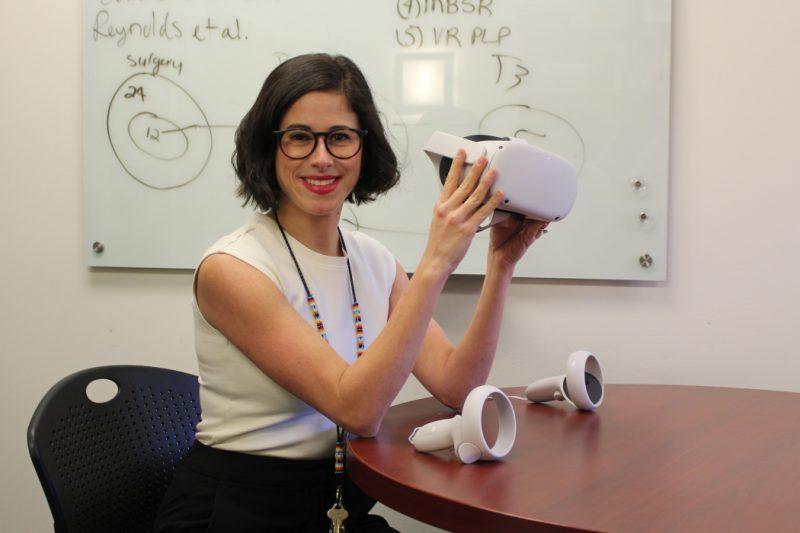The first sign of Alzheimer's disease (AD) may appear in the eyes, according to a recent study. Research has been exploring how the eye may help in diagnosing Alzheimer’s before symptoms begin. According to a report by CNN health on Friday (March 24), Dr Christine Greer, director of medical education at the Institute for Neurodegenerative Diseases in Florida, said, "The eye is the window to the brain." “You can see directly into the nervous system by looking into the back of the eye, toward the optic nerve and retina,” Dr Greer added.
Dr Richard Isaacson, an Alzheimer’s preventive neurologist working at the same institute, said that the disease begins in the brain decades before the first symptoms of memory loss. Dr Isaacson said if doctors are able to identify Alzheimer's in its earliest stages, people can then make healthy lifestyle choices and control their modifiable risk factors such as high blood pressure, high cholesterol and diabetes, as per the report.
The study, published in Acta Neuropathologica in February, said that Alzheimer’s disease pathologies were discovered in the accessible neurosensory retina. "However, their exact nature and topographical distribution, particularly in the early stages of functional impairment, and how they relate to disease progression in the brain remain largely unknown," it said.
To better understand the pathological features of the disease in the retina, researchers conducted an extensive histopathological and biochemical investigation of postmortem retina and brain tissues from 86 human donors.
The study said that a quantitative examination of superior and inferior temporal retinas from mild cognitive impairment (MCI) and Alzheimer's patients compared to those with normal cognition (NC) revealed significant increases in amyloid β-protein (Aβ42) forms and novel intraneuronal Aβ oligomers (AβOi), which were closely associated with exacerbated retinal macrogliosis, microgliosis, and tissue atrophy.
"These pathologies were unevenly distributed across retinal layers and geometrical areas, with the inner layers and peripheral subregions exhibiting most pronounced accumulations in the MCI and AD versus NC retinas. While microgliosis was increased in the retina of these patients, the proportion of microglial cells engaging in Aβ uptake was reduced," it added.
The study also pointed out that female patients exhibited higher levels of retinal microgliosis than males. Proteomic analysis of Alzheimer's retinas revealed activation of specific inflammatory and neurodegenerative processes and inhibition of oxidative phosphorylation/mitochondrial, and photoreceptor-related pathways.
In a statement, author Maya Koronyo-Hamaoui, a professor of neurosurgery and biomedical sciences at Cedars-Sinai in Los Angeles, said that the study is the first to provide an in-depth analyses of the protein profiles and the molecular, cellular, and structural effects of the disease in the human retina and how they correspond with changes in the brain and cognitive function.
“These changes in the retina correlated with changes in parts of the brain called the entorhinal and temporal cortices, a hub for memory, navigation and the perception of time,” Koronyo-Hamaoui added.
WATCH WION LIVE HERE
You can now write for wionews.com and be a part of the community. Share your stories and opinions with us here.
First signs of Alzheimer`s may appear in the eyes, study shows - WION
Read More

No comments:
Post a Comment